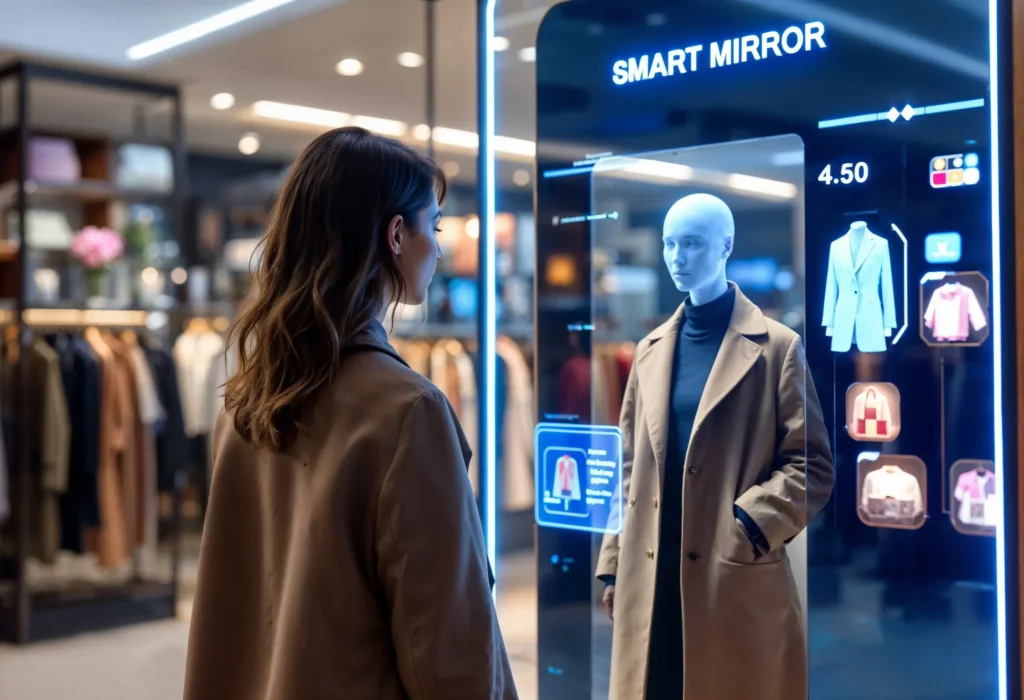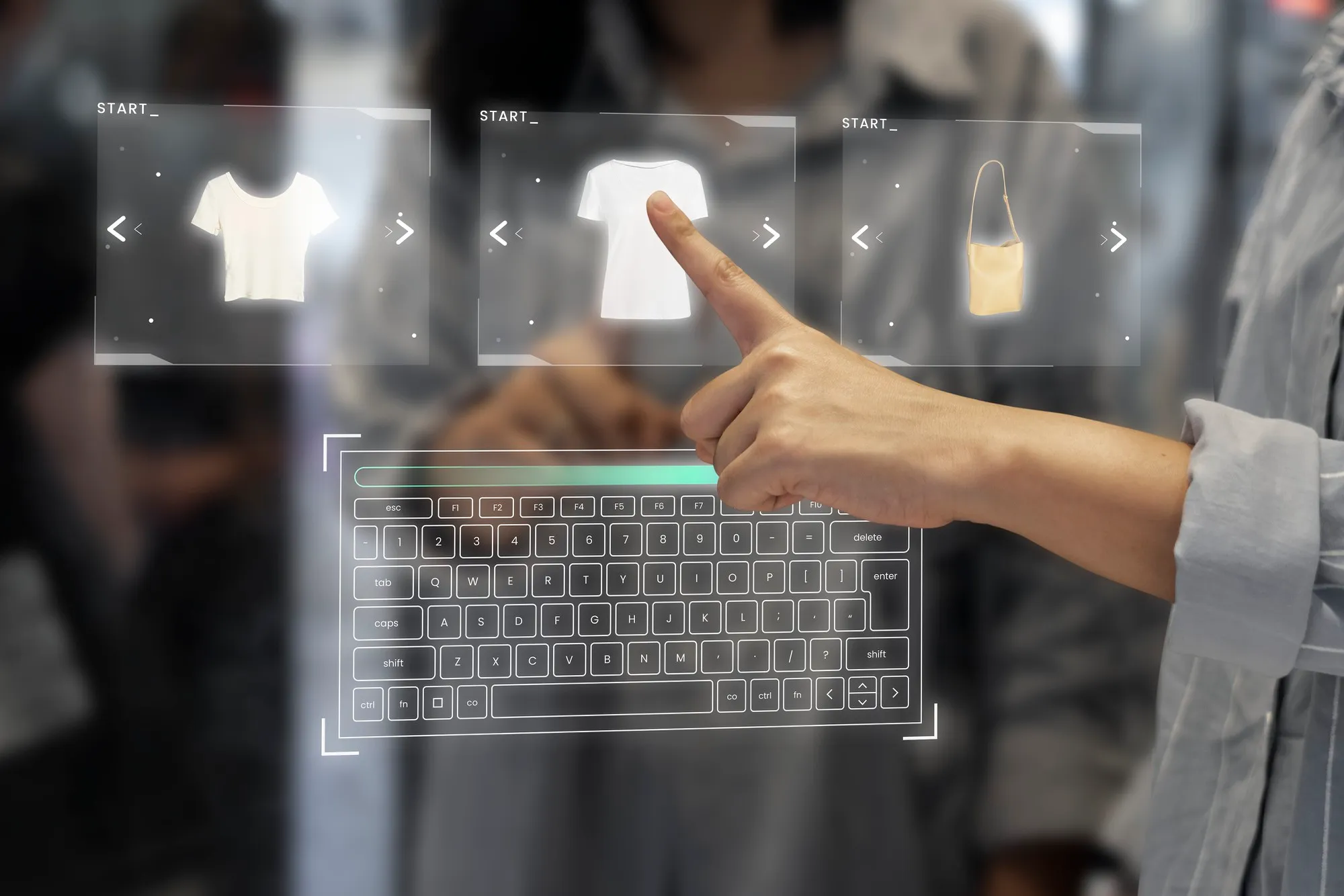E-commerce is evolving rapidly, driven by technological advancements and changing consumer behaviors. As we approach 2025, several emerging trends are set to reshape the industry. Businesses must stay ahead of these changes to remain competitive and meet customer expectations.
1. AI-Powered Personalization
Artificial Intelligence (AI) is transforming e-commerce by offering personalized shopping experiences. AI-driven algorithms analyze customer behavior, preferences, and purchase history to deliver tailored product recommendations, enhancing customer satisfaction and increasing conversion rates.
2. Voice Commerce and Smart Assistants
With the rise of smart speakers like Amazon Alexa and Google Assistant, voice commerce is gaining traction. Consumers increasingly use voice commands to search for products, place orders, and track shipments. E-commerce businesses should optimize their platforms for voice search to stay relevant.
3. Augmented Reality (AR) Shopping Experiences
AR technology allows customers to visualize products before purchasing. This is particularly beneficial for fashion, furniture, and beauty brands, where customers can “try before they buy” virtually. Expect more retailers to integrate AR into their online stores by 2025.
4. Social Commerce Expansion
Social media platforms such as Instagram, TikTok, and Facebook are becoming powerful e-commerce channels. Features like shoppable posts and in-app checkout streamline the buying process, making social commerce a vital strategy for businesses looking to engage customers where they spend most of their time.
5. Sustainable and Ethical Shopping
Consumers are becoming more conscious of sustainability and ethical sourcing. Brands that prioritize eco-friendly packaging, carbon-neutral shipping, and ethical supply chains will attract environmentally-conscious shoppers. Transparency in sourcing and production processes will be a key differentiator in 2025.
6. Cryptocurrency and Blockchain Payments
As digital currencies gain mainstream acceptance, more e-commerce platforms will begin accepting cryptocurrency payments. Blockchain technology ensures secure, transparent transactions, reducing fraud and improving trust between buyers and sellers.
7. Subscription-Based Shopping Models
Subscription services continue to grow in popularity, offering customers convenience and value. From beauty boxes to meal kits, businesses are leveraging subscription models to create recurring revenue and enhance customer loyalty.
8. Faster and More Flexible Deliveries
Same-day and next-day deliveries are becoming the norm. Retailers are investing in advanced logistics, AI-powered inventory management, and drone deliveries to meet growing consumer demands for faster shipping.
9. Mobile Commerce Dominance
With the increasing use of smartphones, mobile commerce (m-commerce) will dominate e-commerce. Optimizing websites for mobile users, implementing one-click checkouts, and enhancing mobile payment options will be critical for success in 2025.
10. AI-Driven Chatbots for Customer Support
AI-powered chatbots are enhancing customer service by providing instant responses, personalized recommendations, and order tracking. As chatbot technology improves, businesses can automate support while maintaining a high level of customer engagement.
Conclusion
The e-commerce landscape in 2025 will be shaped by AI-driven personalization, voice commerce, AR shopping, social commerce, sustainability, cryptocurrency payments, subscription models, fast deliveries, mobile commerce, and AI chatbots. Businesses that embrace these trends will thrive in the competitive digital marketplace.


